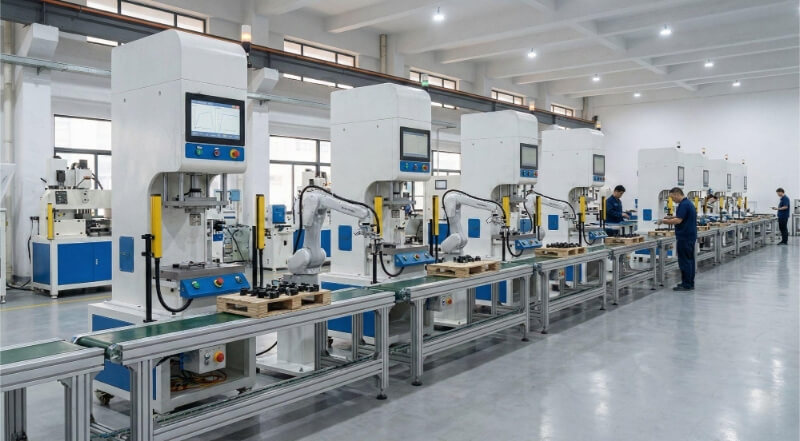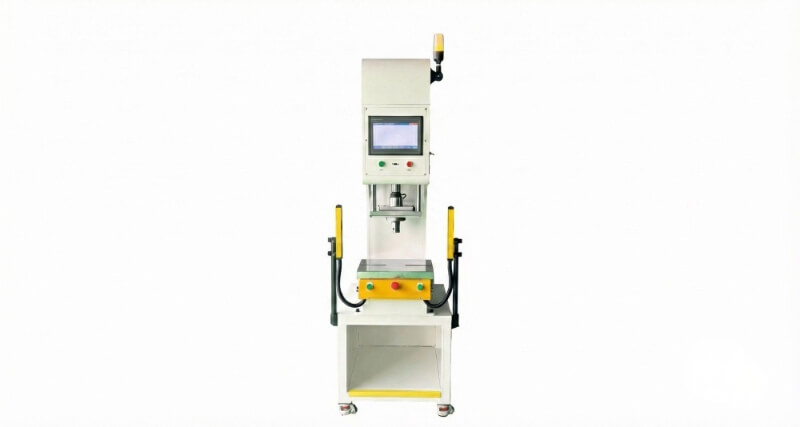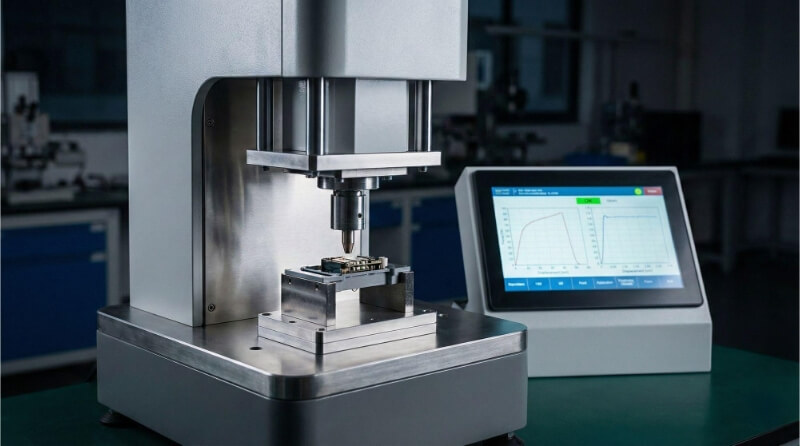Every manufacturer faces three critical challenges: achieving precise cuts, maintaining consistent quality, and meeting tight production deadlines. Manual metal cutting often needs to catch up, leading to material waste, costly errors, and project delays. CNC metal cutting has revolutionized manufacturing by solving these exact problems.
Would you like to explore how this cutting-edge technology can enhance your manufacturing capabilities? Let’s examine the key processes, applications, and advantages that make CNC metal cutting an indispensable part of modern production.
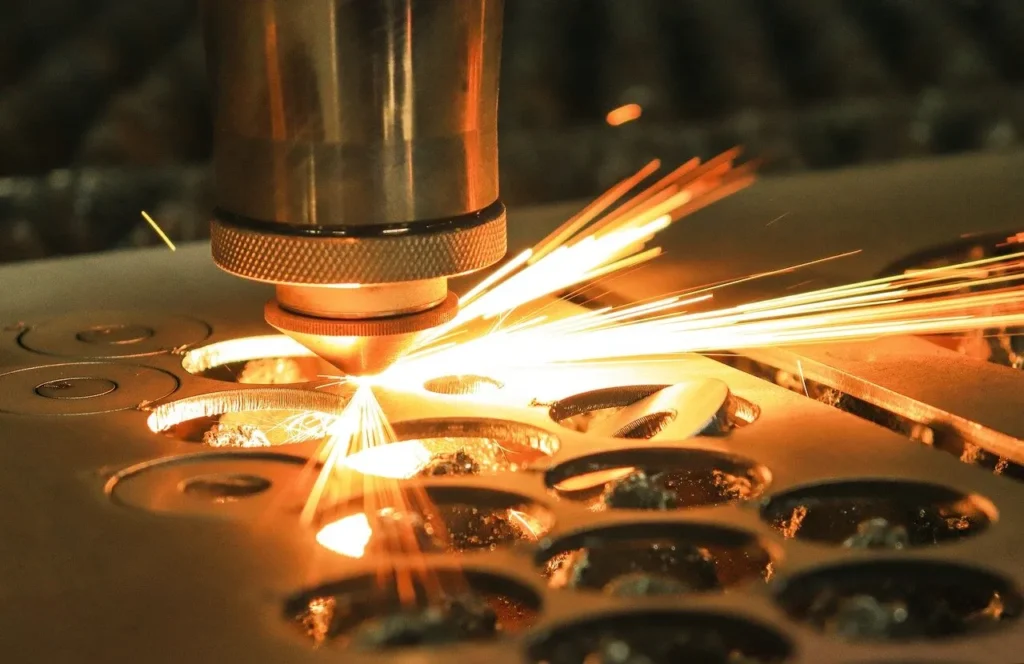
The Basics of CNC Metal Cutting
Computer Numerical Control revolutionized metalworking by introducing automated precision to manufacturing. This technology bridges the gap between design and production, turning digital blueprints into physical components.
What is CNC Metal Cutting?
CNC metal cutting transforms raw metal stock into finished parts through controlled material removal. The process relies on specialized cutting tools that follow precise, computer-guided paths. This method creates everything from simple brackets to complex aerospace components.
A typical CNC metal cutting operation starts with a CAD design. The system converts this design into machine instructions, which then guide cutting tools to remove material systematically. The result yields parts with exceptional accuracy, often requiring minimal post-processing.
How CNC Machines Operate
Think of CNC machines as highly coordinated systems working in perfect harmony. The computer brain interprets the programmed instructions. It then directs the mechanical components with microsecond precision.
The machine monitors countless variables during operation. Cutting speed, tool position, and material feed rate change automatically as needed. Advanced sensors prevent crashes and maintain optimal cutting conditions.
Types of CNC Machines Used in Metal Cutting
Each type of CNC machine serves specific manufacturing needs. Mills excels at creating complex 3D shapes and patterns. Lathes produce cylindrical parts with incredible precision. Multi-axis machines combine these capabilities for maximum versatility.
Modern manufacturing often employs specialized CNC machines. Five-axis mills create intricate aerospace components. Swiss-type lathes produce tiny medical devices. Large gantry machines handle massive industrial parts. This variety ensures manufacturers can choose the right tool for each job.
Key CNC Metal Cutting Processes
Each CNC cutting method serves specific manufacturing needs. These processes differ in speed, precision, and material compatibility. The choice depends on your project requirements, material type, and production volume.
Milling: Definition and Process Overview
Milling uses rotating tools to remove metal from workpieces. The cutting tool moves across the material’s surface in multiple directions, creating flat surfaces, complex 3D shapes, and detailed features.
Turning: How It Works in Metal Cutting
Turning rotates the workpiece while a stationary cutting tool shapes it. The process excels at creating cylindrical parts with high accuracy. Typical applications include shafts, bolts, and other round components.
Drilling: The Role of Drilling in CNC Cutting
CNC drilling creates precise holes in metal workpieces. Computer control ensures consistent hole diameter and depth. Modern machines can drill at angles and create complex hole patterns automatically.
Electrical Discharge Machining (EDM)
EDM cuts metal using electrical sparks in a dielectric fluid. This process handles hardened steel and complex internal cuts. It achieves highly tight tolerances without mechanical force.
Laser Cutting: An Overview
Laser cutting melts or vaporizes metal with focused light beams. This method delivers clean edges and intricate details. It works exceptionally well for sheet metal and thin materials.
Water Jet Cutting: Advantages and Applications
Water jets mix water with abrasive particles to cut metal. This cold-cutting process prevents heat distortion. It cuts thick materials while maintaining material properties.
Plasma Cutting: A Popular Method for Metal Fabrication
Plasma cutting uses ionized gas to slice through conductive metals. The process offers fast cutting speeds for thick materials. It balances cost and quality for many industrial applications.
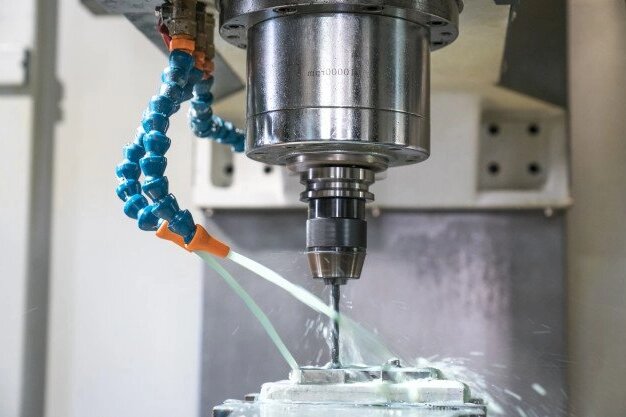
What Materials Can Be Cut Using CNC Machines?
Metal cutting capabilities vary by material type and thickness. Each CNC method matches specific metal properties and job requirements. The proper cutting method balances precision, speed, and cost-effectiveness.
Here’s a quick reference table for standard materials and their cutting capabilities:
| Material Type | Laser Cutting | CNC Punching | CNC Milling | Plasma Cutting |
|---|---|---|---|---|
| Aluminum | Up to 10mm | Up to 6mm | No thickness limit* | Up to 50mm (edge start) |
| Mild Steel | Up to 32mm (1.25") | 0.5-6mm | No thickness limit* | Up to 38mm |
| Stainless Steel | Up to 12mm | 0.5-6mm | No thickness limit* | Up to 25mm |
| Brass | Up to 6mm | Up to 4mm | No thickness limit* | Up to 20mm |
| Copper | Up to 4mm | Up to 3mm | No thickness limit* | Up to 20mm |
Benefits of CNC Metal Cutting
Metal fabrication demands both precision and efficiency in today’s competitive market. CNC technology meets these requirements by combining advanced automation with robust manufacturing capabilities. This section explores the core advantages that make CNC metal cutting a cornerstone of modern production.
Enhanced Precision and Consistency
Digital control ensures every cut matches specifications perfectly. The machines maintain accuracy within microns throughout production runs. This precision leads to the following:
- Repeatable results across thousands of parts
- Minimal variation between batches
- Reduced quality control issues
- Perfect fit and assembly in final products
Cost-Efficiency and Waste Reduction
Innovative programming and automation cut operational costs significantly. The precision of CNC machines minimizes material waste. Results show:
- Lower labor costs per part
- Reduced material scrap rates
- Fewer rejected parts
- Optimized material usage
- Decreased rework requirements
High-Speed Production and Turnaround Times
CNC machines work faster than manual methods while maintaining quality. They run continuously with minimal downtime. Benefits include:
- 24/7 production capability
- Quick setup changes
- Rapid prototype development
- Faster order fulfillment
- Streamlined production schedules
Flexibility in Design and Prototyping
Digital controls allow quick design modifications and custom production. Manufacturers can adapt quickly to market demands. This creates:
- Easy design updates
- Fast prototype iterations
- Custom part production
- Complex geometry capability
- Multiple material options
Applications of CNC Metal Cutting
CNC metal cutting spans multiple industries, creating parts that range from critical aerospace components to intricate art pieces. The technology adapts to diverse production needs, from one-off prototypes to high-volume manufacturing.
Aerospace and Automotive Industries
These sectors demand the highest precision and reliability in metal parts. CNC cutting meets strict industry standards through:
- Engine components with tight tolerances
- Structural aircraft parts
- Brake system components
- Transmission parts
- Custom chassis elements
Manufacturing of Medical Devices
Medical manufacturing requires exceptional cleanliness and precision. CNC machines produce:
- Surgical instruments
- Implant components
- Diagnostic equipment parts
- Medical device housings
- Custom prosthetic components
CNC Metal Cutting in Electronics
Modern electronics rely on precise metal components. Common applications include:
- Heat sinks
- Chassis and enclosures
- Circuit board mounting hardware
- Connector housings
- EMI shields
Custom Fabrication for Industrial Parts
Industrial equipment needs durable, precise components. CNC cutting creates:
- Replacement parts
- Custom machinery components
- Production line equipment
- Material handling tools
- Specialized tooling
CNC Cutting in Art and Sculpture
Artists use CNC technology to push creative boundaries. Applications include:
- Metal wall art
- Large-scale sculptures
- Architectural elements
- Decorative panels
- Custom signage
Agricultural and Livestock Machinery
The frames of livestock machinery as the following require precise cutting:
- Horse Stalls
- Horse Barn Equipment
- Horse Shelter
Conclusion
CNC metal cutting revolutionizes modern manufacturing with digital precision. The technology offers superior accuracy, speed, and versatility across multiple materials. Success in CNC cutting comes from matching the proper process to your specific material and project needs.
FAQs
How much does CNC metal cost?
CNC metal cutting costs vary based on several key factors. Material type and thickness affect cutting time and tool wear. Part complexity influences programming and setup requirements. Machine time typically ranges from $75 to $250 per hour.
How Accurate Is CNC Metal Cutting?
CNC machines achieve remarkable precision in metal-cutting operations. Standard tolerances reach ±0.001 inches (0.025mm) for most applications. High-precision machines can achieve even tighter tolerances when needed.
How thick of metal can a CNC machine cut?
Metal cutting thickness capabilities depend on the process and material. Laser systems handle steel up to 1.25 inches thick, plasma cutters manage aluminum up to 3 inches, and water jets cut through several inches of metal.
How Does CNC Cutting Improve Efficiency in Manufacturing?
CNC is cutting streamlines manufacturing through automation and precision. Machines work continuously without fatigue. Program storage allows quick job changes. Multi-axis capabilities complete complex parts in single setups.
Digital workflows reduce errors and waste. Automated tool management maximizes uptime. Integrated inspection ensures consistent quality. These features combine to boost productivity while maintaining high standards.
Hey, I'm Kevin Lee

For the past 10 years, I’ve been immersed in various forms of sheet metal fabrication, sharing cool insights here from my experiences across diverse workshops.
Get in touch

Kevin Lee
I have over ten years of professional experience in sheet metal fabrication, specializing in laser cutting, bending, welding, and surface treatment techniques. As the Technical Director at Shengen, I am committed to solving complex manufacturing challenges and driving innovation and quality in each project.

